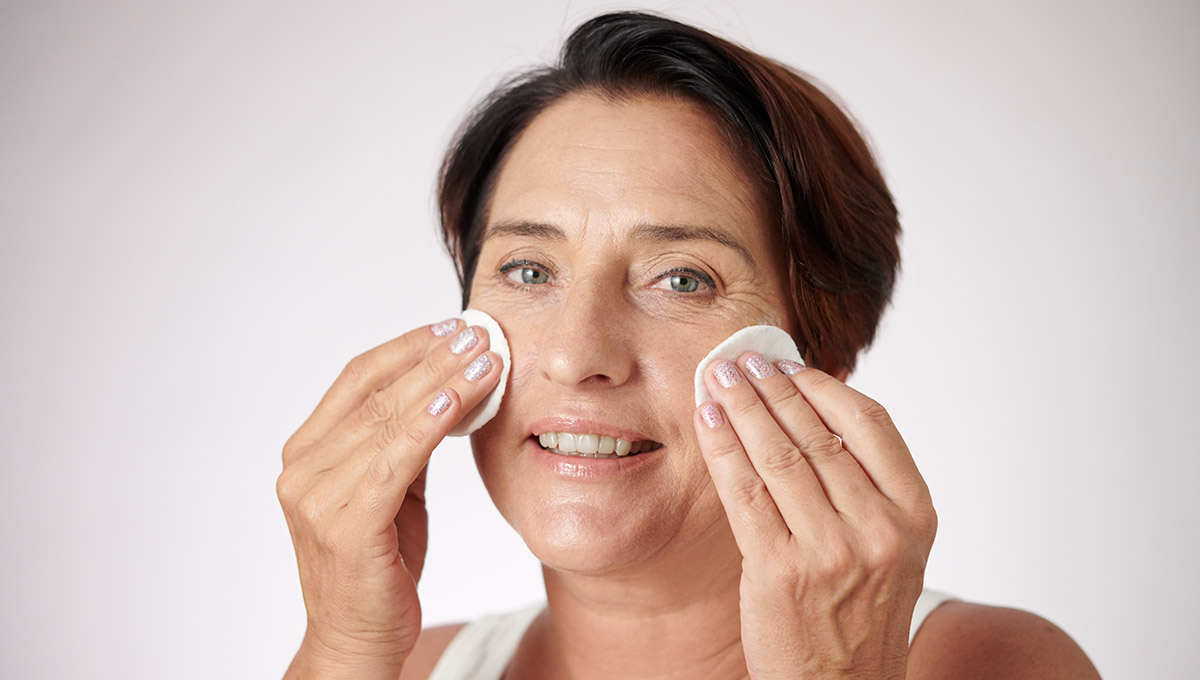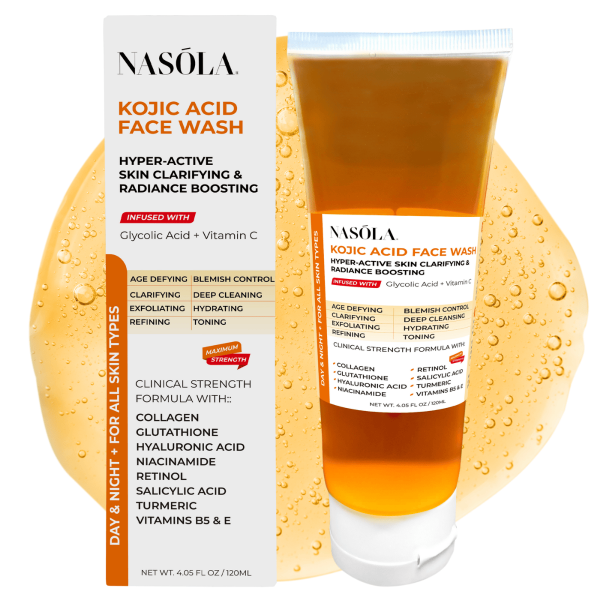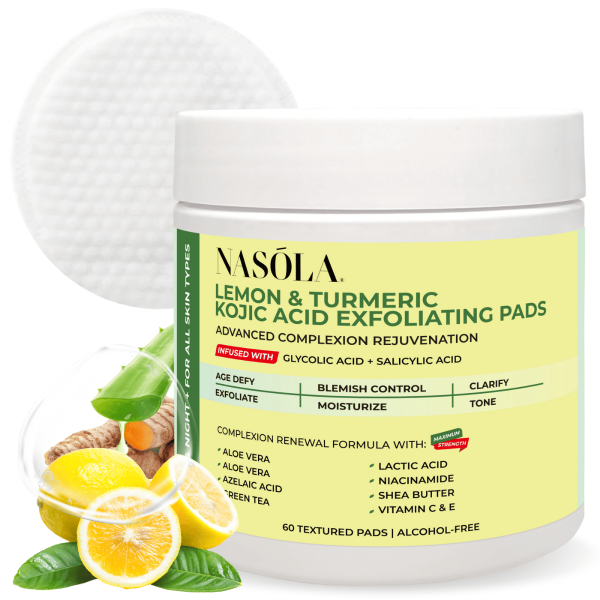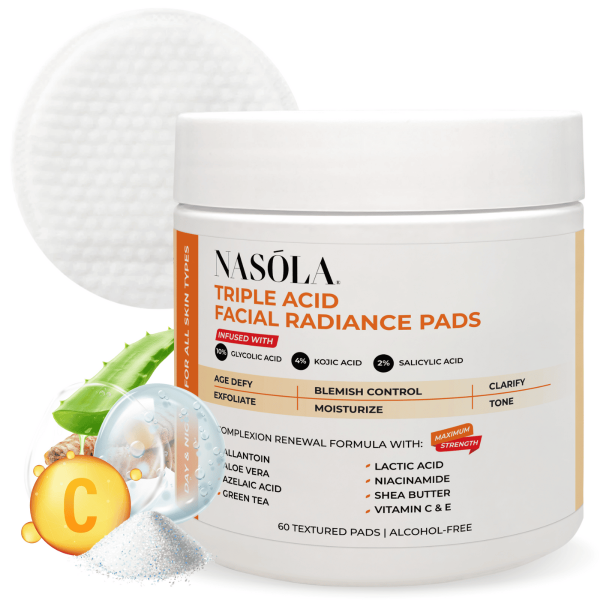Hyperpigmentation is sneaky. It shows up uninvited, lingers too long on your cheeks, forehead, or chin, and seems immune to drugstore promises. Now—if you’re here, you’ve likely googled “how long does glycolic acid take to work on hyperpigmentation” at least once.
Maybe twice a week. Or every night at 11:48 PM after inspecting that one stubborn dark spot in the mirror again.
I’ve been there. And because this question deserves more than a generic answer, today we’re going beyond guesses.
We’ll talk real timelines, product pairings that push results faster, and why glycolic acid might just be your best move.
And hey, spoiler alert: the Nasola Triple Acid Facial Radiance Pads, Nasola Lemon Turmeric Kojic Acid Exfoliating Pads, and Nasola Kojic Acid Face Wash are about to become your skin’s new BFFs.
Let’s get into it.
- How Long Does Glycolic Acid Take to Work on Hyperpigmentation?
- Glycolic Acid Results: What Improvements Can You Expect?
- Kojic Acid and Glycolic Acid—A Powerful Duo for Hyperpigmentation
- Glycolic Acid for Hyperpigmentation: Factors That Affect Results
- How to Use Glycolic Acid Safely for Hyperpigmentation
- Common Mistakes When Using Glycolic Acid on Hyperpigmentation
- Managing Expectations: How Long Does Glycolic Acid Take to Work on Different Skin Types?
- Layering Skincare for Faster Glycolic Acid Results
- Conclusion
- Frequently Asked Questions (FAQs)
How Long Does Glycolic Acid Take to Work on Hyperpigmentation?
Glycolic acid results often feel like a slow dance—you’re moving, but you’re constantly wondering when the big moment is gonna hit. The truth? The answer depends on your skin type, your product, and how well you stick with it.
But let me tell you…
Patience is not just a virtue—it’s a skin brightening strategy.
What to Expect in the First Few Weeks
During the first 2–4 weeks of using glycolic acid, some people start noticing a difference in skin texture and subtle brightness.
But let’s be real—hyperpigmentation is stubborn.
Especially the kind created by acne scars, sun damage, or hormonal melasma. Those take longer to budge. However, if consistency is your thing (and if you’re reading this, I bet it is), then using glycolic acid can reward you with:
- Slightly reduced darkness in spots by week 2–4
- A smoother, more even skin surface
- Less visible pores due to consistent exfoliation
- Greater absorption of other skincare actives
Start with 2–3 uses a week, especially if you’re new to acids. Your skin deserves a slow, kind intro before going full force.
Typical Timeline for Glycolic Acid Results
• Mild hyperpigmentation starts to show clear improvement after 4–6 weeks of regular use.
• Moderate to deeply rooted pigmentation may take 8–12 weeks—or longer.
The multi-acid combo in Nasola Triple Acid Facial Radiance Pads gives this timeline a boost, thanks to glycolic, lactic, and mandelic acids working overtime on skin texture and tone.
Use them weekly for gentle exfoliation and powerful dark spot targeting. The pads are pre-soaked, easy as wiping, and layered with anti-bacterial AND brightening ingredients. No harsh burn. Just steady glow-up energy.
Glycolic Acid Results: What Improvements Can You Expect?
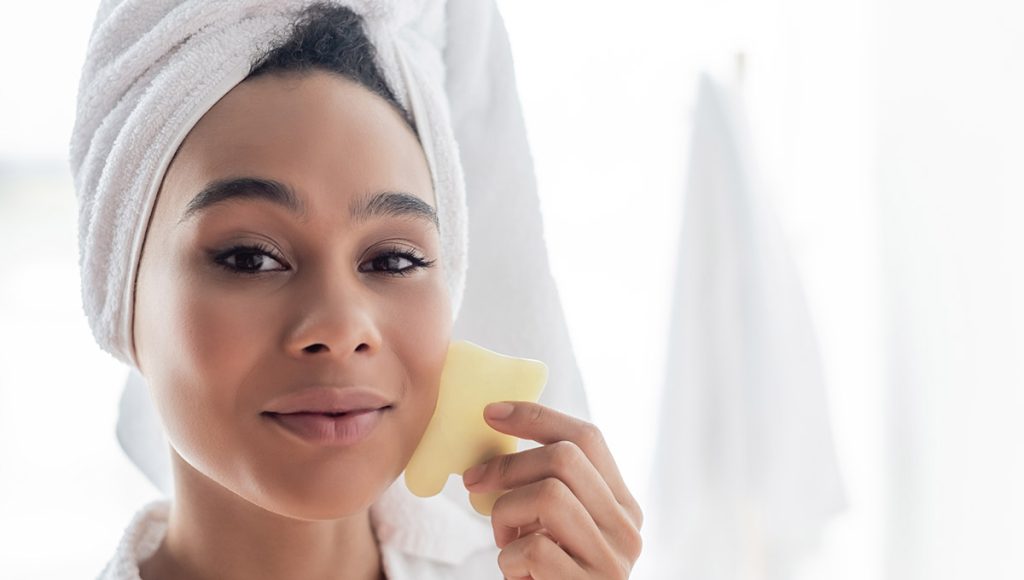
One of the things I love most about glycolic acid is how it serves quick and long-term wins. You’ll often feel the changes even before you fully see them.
Let’s break this one down.
Short-Term vs. Long-Term Glycolic Acid Results
In the short-term (first few weeks):
- Your skin will likely feel smoother and a bit more radiant.
- Texture becomes finer.
- Fresh breakouts reduce, especially the little whiteheads and clogged pores.
- Excess oil and dullness—less visible.
Stick with it for the long-term (6–12 weeks):
- Sunspots, acne scars, post-inflammatory marks fade.
- Overall tone becomes clearer.
- Fine lines and early signs of aging soften.
- That cakey makeup look? Replaced by actual glow.
Consistency = results.
How Glycolic Acid Promotes Skin Cell Turnover
Glycolic acid works by gently un-gluing dead skin cells from the surface of your skin. This triggers a chain reaction:
- Dead cells lift → New cells surface
- Dark spots get exfoliated over and over
- Healthy, fresher skin becomes visible
- Natural radiance gets restored
Sooner or later, people start asking what you changed.
And if you’re into real-time radiance, you’ll love the Nasola Lemon Turmeric Kojic Acid Exfoliating Pads. These babies blend glycolic acid with gentle kojic acid, plus brightening turmeric and lemon extract.
Use them daily or every other day after cleansing. They’re powerful—yet soothing.
Kojic Acid and Glycolic Acid—A Powerful Duo for Hyperpigmentation
Let’s talk chemistry. Pairing kojic acid with glycolic acid is like ordering the skin care version of a top-shelf cocktail—rich, balanced, and unforgettable.
Here’s why this combo is worth the hype:
How Kojic Acid Enhances Glycolic Acid Results
Glycolic acid exfoliates. Kojic acid inhibits melanin.
Together? They tackle hyperpigmentation from two separate angles:
- Glycolic acid clears the pigmented top layers.
- Kojic acid stops further melanin overproduction underneath.
- This dual-action slows re-darkening.
- It dramatically boosts fade time on stubborn spots.
You’ll get results. And you’ll keep ‘em longer.
Everyday Use with Nasola Kojic Acid Face Wash
If you’re like most of us—busy and craving efficiency—then Nasola Kojic Acid Face Wash is the small act of skincare genius you need.
This cleanser bridges the gap between exfoliation and melanin regulation, prepping your skin for targeted treatment pads.
- Perfect for AM and PM routines
- Gentle on sensitive skin
- Combines kojic acid and glycolic acid
- Helps with tone uniformity and smoothness
Plus, it smells amazing. Subtle citrus meets clean.
Glycolic Acid for Hyperpigmentation: Factors That Affect Results
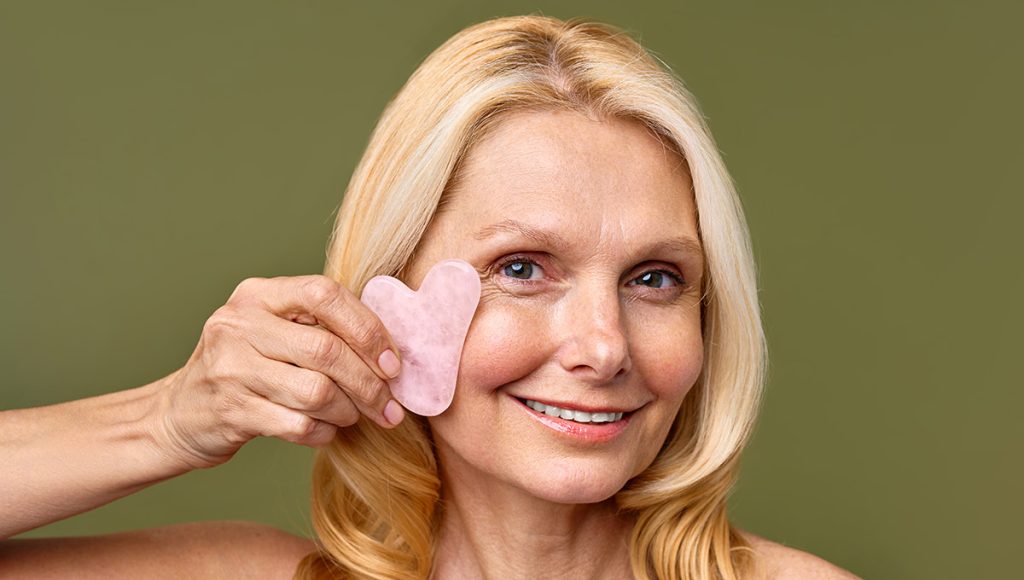
When it comes to hyperpigmentation, your glycolic acid results are influenced by more than just product strength. Let’s talk about the hidden variables that shape your skin’s journey.
Frequency of Use and Concentration Percentage
Not all glycolic acid serums or pads are created equal. For optimal results:
- Start with 5–7% if you’re new or have sensitive skin.
- Use 2–3 times per week at first.
- As skin builds tolerance, move to 10% strength (only if needed).
- Don’t mix with vitamin C or retinoids unless a dermatologist says it’s okay.
Pacing is everything. Overuse leads to dryness—and ironically—more pigmentation.
Stay consistent. Don’t overthink it. Let the acid do the work.
Skin Tone, Type, and Underlying Causes of Hyperpigmentation
Deeply melanated skin needs extra care when using acids:
- Always start low and slow.
- Hydrate and moisturize to buffer irritation.
- Pair acids with soothing agents: think ceramides, aloe vera, hyaluronic acid.
- Stick with SPF 30+—religiously.
Common causes of hyperpigmentation like hormones, sun exposure, or acne make the fade timeline unpredictable. But not impossible.
With patience, and Nasola’s expert formulations on your side, you’re already on the road to clearer skin.
How to Use Glycolic Acid Safely for Hyperpigmentation
Success with glycolic acid isn’t just about what you use—it’s how you use it. Often, this makes or breaks your results.
Here’s your safety-first cheat sheet.
Tips for First-Time Users
Start slow. No exceptions.
If you’ve never used acids before:
- Apply twice a week for the first 2 weeks.
- Avoid mixing with retinoids or benzoyl peroxide.
- Look for buffering ingredients like aloe, turmeric, licorice root.
- Patch test behind your ear or on your jawline 24 hours before use.
Trust the progression. Glycolic acid is a marathon, not a sprint.
The Importance of Sun Protection
Glycolic acid makes your skin more sensitive to UV exposure.
Seriously—it’s not optional:
- Wear broad-spectrum SPF 30 or higher every morning.
- Reapply after 2 hours in direct sun.
- Don’t go heavy on exfoliation the day after a beach day.
- Add a wide-brimmed hat to your sunny-day skincare arsenal.
Sun protection is the anti-dark-spot treatment your skin needs.
Common Mistakes When Using Glycolic Acid on Hyperpigmentation
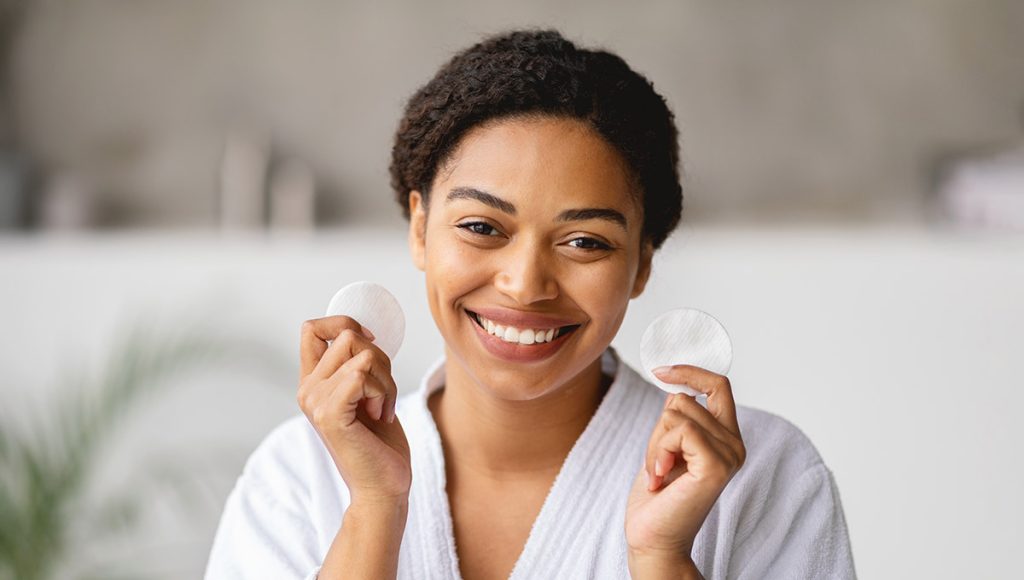
Sometimes, it’s not what you do—but what you overdo—that derails your skincare results. Avoid these pitfalls, and you’re halfway to perfect glow.
Overuse and Skin Barrier Damage
Glycolic acid is powerful. And powerful ingredients need respect.
Avoid these missteps:
- Using glycolic acid every day from day one
- Layering glycolic with strong actives (retinol, acids, peels)
- Applying on broken or cracked skin
- Skipping healing nights (when your skin just needs a break)
Respect your barrier, and it’ll reward you.
Skipping Moisturizer or Barrier Support
Every acid needs its sidekick.
That’s where hydration comes in:
- After exfoliating, always moisturize.
- Look for ceramide-rich creams, aloe-infused gels, or peptides.
- Finish with oil if your skin skews dry.
- Avoid fragrance-heavy products that irritate.
Seal in your glow. Don’t just strip and go.
Managing Expectations: How Long Does Glycolic Acid Take to Work on Different Skin Types?
Glycolic acid results differ. Not because the product doesn’t work—but because everyone’s skin is its own vibe. Your skin type affects how long glycolic acid takes to work on hyperpigmentation.
Fair to Medium Skin Tones: Lighter Pigment, Faster Fades?
Generally, lighter skin shows early results:
- Glycolic penetrates quickly
- Pigmented layers are closer to the surface
- Sunspots and post-acne marks respond better
- Less risk for PIH (post-inflammatory hyperpigmentation)
Still, SPF is non-negotiable. Even fair skin can rebound with melanin overdrive if unprotected.
Deep Skin Tones: Slower Process, Stronger Results
Those with melanin-rich skin need a gentler plan:
- Start at 5% glycolic strength
- Add kojic acid gradually (Nasola combos are perfect here)
- Prioritize anti-inflammatory ingredients
- Give it 8+ weeks for visible change—but it’s worth it
Healing takes time. But the payoff? Brighter, healthier skin that glows without makeup.
Layering Skincare for Faster Glycolic Acid Results
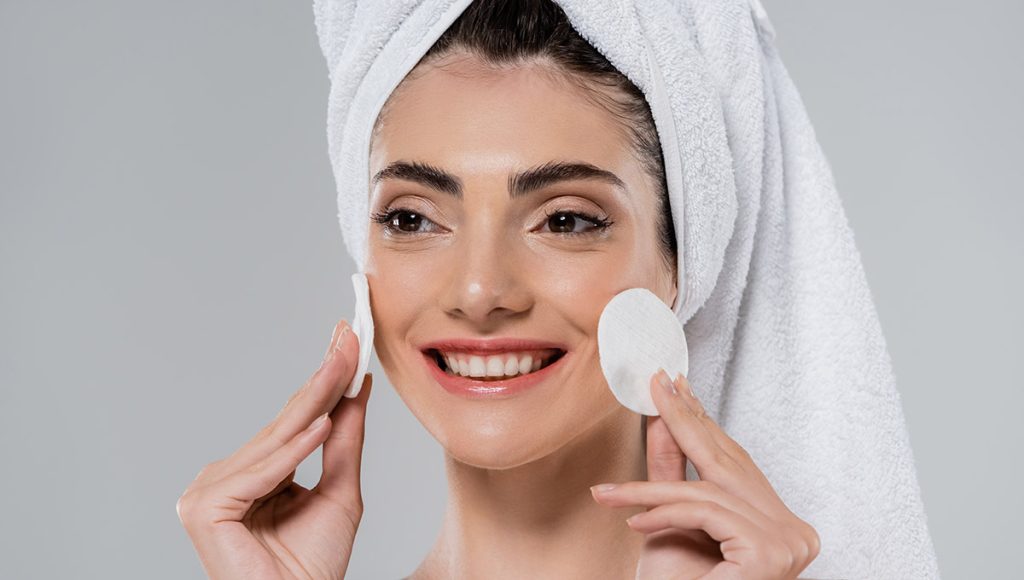
If you’re serious about fading hyperpigmentation, your skincare routine needs a thoughtful rhythm. Let’s talk layering it like a pro.
Prepping the Skin: Cleanse Smart
Start right or don’t start at all:
- Use a gentle cleanser with slight exfoliating action (like Nasola Kojic Acid Face Wash)
- Avoid micellar waters—with active acids, you need an actual rinse
- Pat, don’t rub, your face dry
- Apply glycolic acids on clean, slightly damp skin
It’s the little things that shift the results timeline.
Post-Acid Essentials: Moisturize and Soothe
After exfoliation:
- Use hydrating serums (hyaluronic acid, niacinamide)
- Follow with a rich or calming moisturizer
- At night, layer with a barrier cream if needed
- In the AM, always finish with SPF (obsessively!)
Protect AND perfect. That’s the formula.
Conclusion
So, how long does glycolic acid take to work on hyperpigmentation?
Short answer: 4–6 weeks for light spots. 8–12 weeks for deeper ones. Long answer? If you pair it with complementary, nourishing products—like the Nasola Triple Acid Facial Radiance Pads, Nasola Lemon Turmeric Kojic Acid Exfoliating Pads, and the Nasola Kojic Acid Face Wash—you supercharge your skin’s ability to heal, brighten, and GLOW.
The pathway to even-toned, radiant skin isn’t about speed. It’s about consistency, care, and using the right synergy.
And trust me… When it hits, it HITS.
Glowing skin is coming—for sure.
Frequently Asked Questions (FAQs)
Glycolic acid typically begins lightening dark spots within 4–6 weeks of consistent use. For deeper spots or melasma, it may take up to 12 weeks. Using multitasking products like the Nasola Triple Acid Facial Radiance Pads speeds up the process thanks to a blend of three powerful exfoliating acids.
Glycolic acid is best used at night when your skin can heal and repair without environmental interruption. If used in the morning, always follow with a strong sunscreen since glycolic acid increases sun sensitivity.
Yes, and it’s encouraged. Glycolic acid exfoliates while kojic acid prevents melanin production. Nasola’s Lemon Turmeric Kojic Acid Exfoliating Pads combine both for extra-impact results on hyperpigmentation.
Overuse can lead to redness, peeling, dryness, and irritation—especially if you layer it with other potent actives. Stick to 2–3x a week unless your skin has built up tolerance.
Not entirely. Without maintenance and proper sun protection, pigmentation can return. Use ongoing treatment (like the Nasola Kojic Acid Face Wash) and apply daily SPF to maintain results.
Some people experience mild purging in the first 1–2 weeks, especially if they’re acne-prone. This is temporary and goes away as new, healthier skin cells rise to the surface.
Yes, but stronger concentrations should be avoided by sensitive or melanin-rich skin until tolerance is built. Start with lower percentages and work your way up.
The Nasola Kojic Acid Face Wash and the Nasola Lemon Turmeric Kojic Acid Exfoliating Pads are gentle starting points that offer powerhouse brightening without harsh side effects.
Start with 2–3 times per week, especially with products like the Triple Acid Facial Radiance Pads to avoid overexfoliation. Adjust based on how your skin reacts.
Avoid using harsh scrubs, retinol, benzoyl peroxide, and vitamin C at the same time. These can increase irritation. Keep your routine simple, soothing, and consistent.

